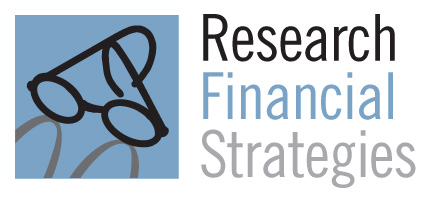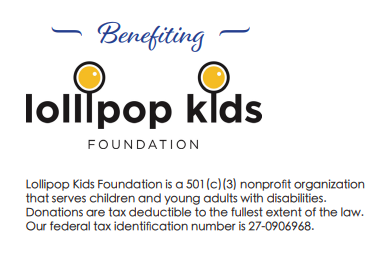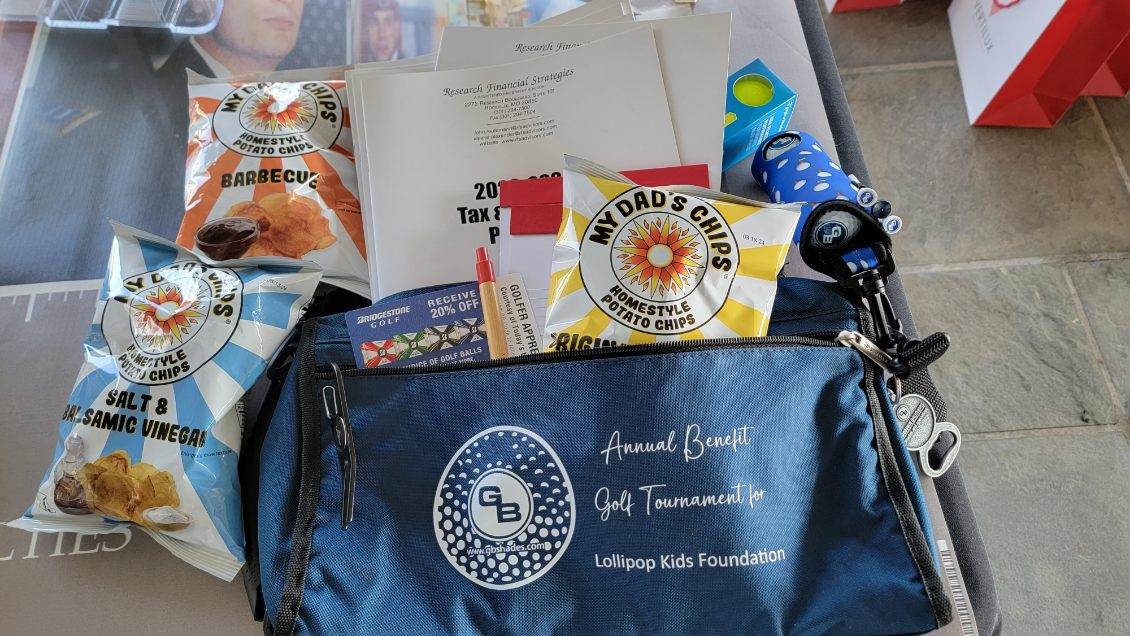Wishing You A Happy And Safe Thanksgiving

Thanksgiving is almost here: a time to enjoy friends, family, great food, and maybe a whole lot of football. As we give thanks for what we have received and celebrate the triumphs in our lives, we are continuing a tradition that has lasted for hundreds of years.
This season gives us a time to appreciate our hard work, our good fortune, and our togetherness – qualities to celebrate.
I also want to thank you for choosing me as your trusted financial professional and for allowing me to help you pursue your goals. That’s a trust I never take for granted.
From my family to yours, Happy Thanksgiving!










